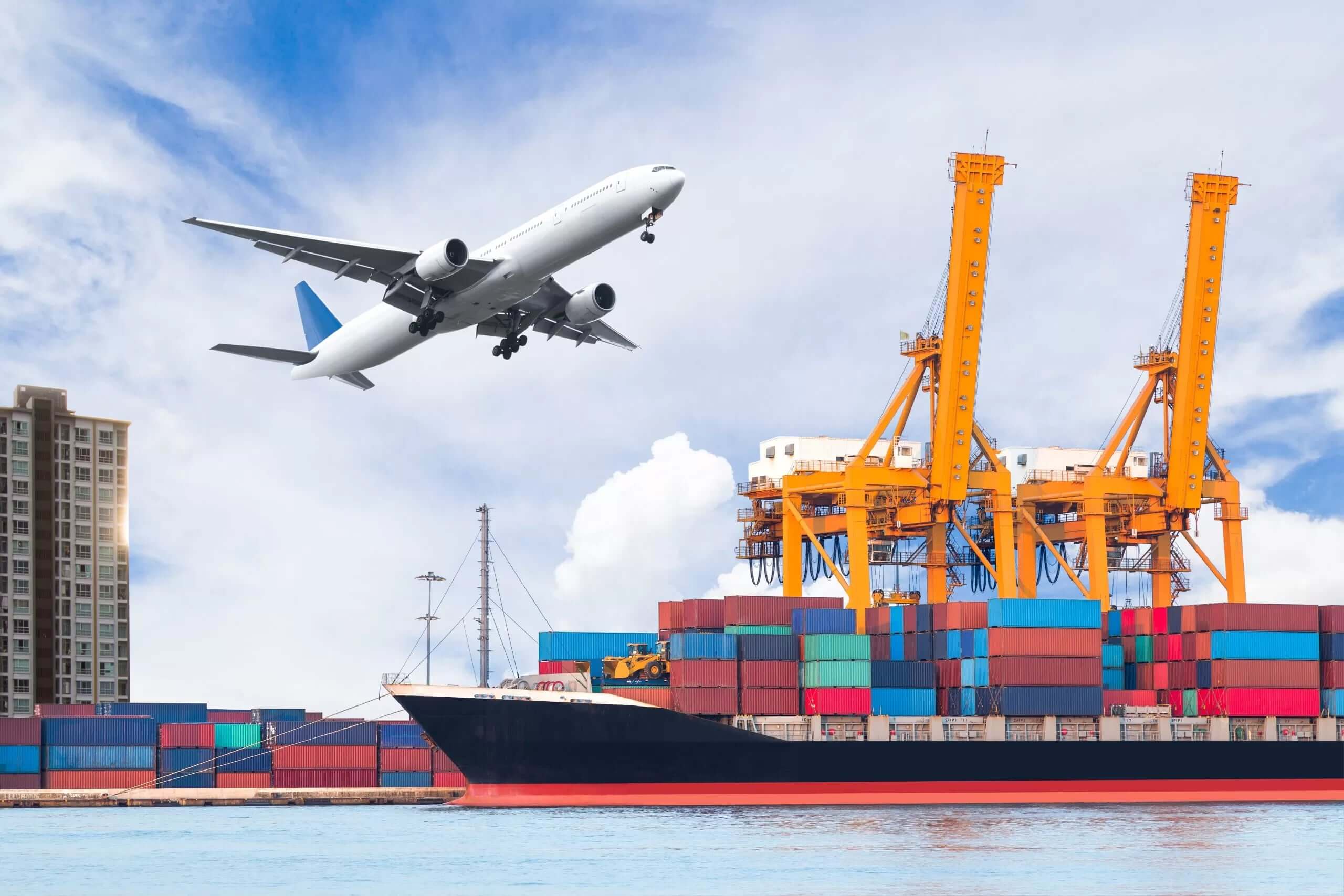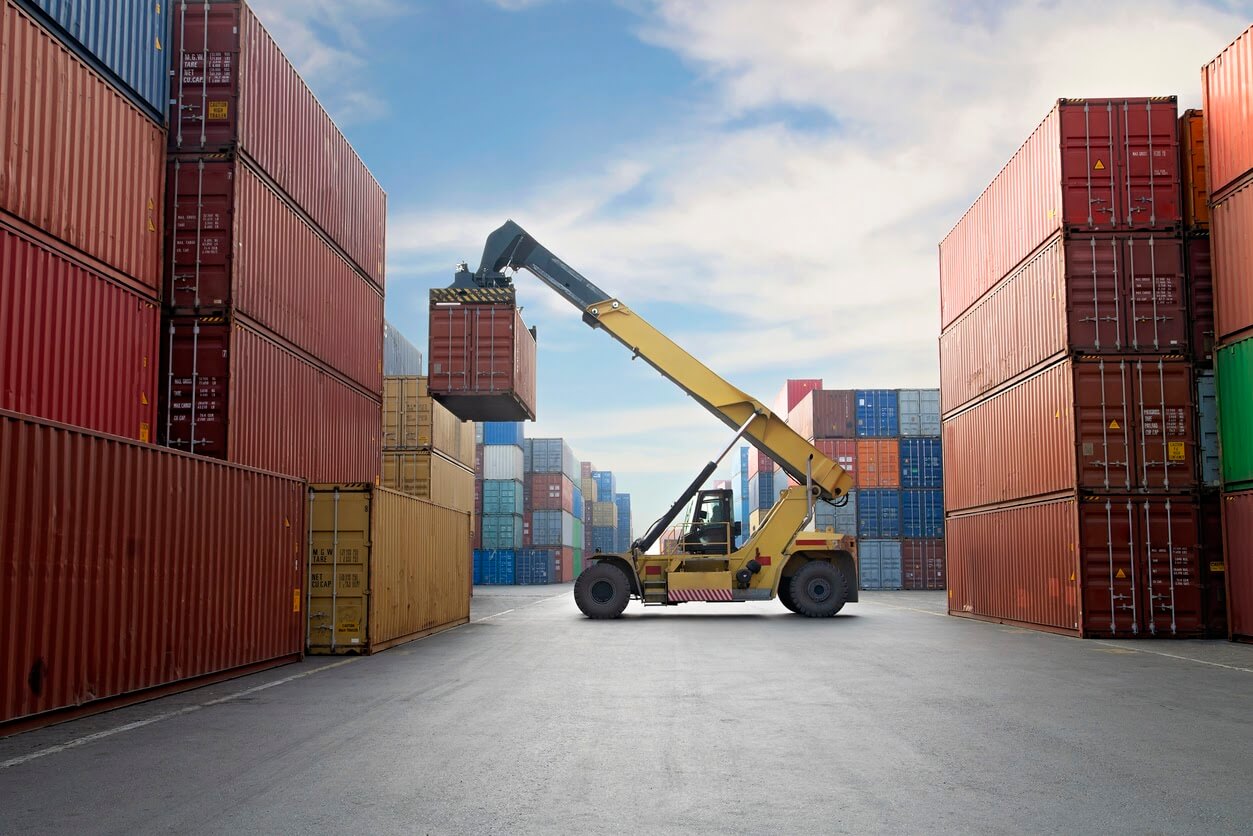
In the global marketplace, choosing the right mode of freight transportation is crucial for businesses looking to optimize costs, time, and efficiency. Air freight and sea freight are the two most popular methods, each with its own set of advantages and challenges. Understanding the differences between these two modes can help businesses make informed decisions that align with their logistical needs and financial goals. At RAM International Shipping, we provide expert guidance to help you choose the best shipping method for your cargo.
Overview of Air Freight
Air freight involves transporting goods via aircraft. It is known for its speed and reliability, making it an ideal choice for time-sensitive shipments. Here are some key points about air freight:
- Speed: Air freight is the fastest mode of transportation, capable of delivering goods across the globe within days.
- Reliability: Airlines have strict schedules, and air freight services are less likely to be delayed compared to sea freight.
- Security: The high-security measures at airports reduce the risk of theft and damage.
- Cost: Air freight is generally more expensive than sea freight, especially for heavy or bulky shipments.
Overview of Sea Freight
Sea freight involves transporting goods by cargo ships. It is the most widely used method for large volumes of goods. Here are the main aspects of sea freight:
- Cost-Effective: Sea freight is more economical for transporting large quantities of goods over long distances.
- Capacity: Cargo ships can handle large and heavy shipments that are impractical for air freight.
- Flexibility: Sea freight offers a variety of container sizes and types to accommodate different kinds of cargo.
- Slower Transit Times: Sea freight is slower compared to air freight, with transit times ranging from weeks to months depending on the route.
Cost Comparison
One of the primary considerations in choosing between air and sea freight is cost. Here’s a comparison:
- Air Freight Costs: Air freight charges are based on both weight and volume. For lightweight but high-volume shipments, air freight can be very costly.
- Sea Freight Costs: Sea freight rates are generally lower and are calculated based on container size (e.g., 20-foot, 40-foot). It is more cost-effective for bulky and heavy shipments.
Speed and Transit Time
Transit time is another crucial factor:
- Air Freight: Typically takes 1-10 days, making it ideal for urgent or perishable goods.
- Sea Freight: Takes significantly longer, from 20 to 45 days or more, depending on the distance and route. It is suitable for non-urgent shipments.
Capacity and Volume
The capacity and volume of goods play a significant role in choosing the shipping method:
- Air Freight: Limited by the size and weight restrictions of aircraft. Suitable for smaller, high-value, or time-sensitive shipments.
- Sea Freight: Can accommodate large volumes and heavy cargo, including industrial machinery and large raw materials.
Environmental Impact
Environmental considerations are becoming increasingly important in logistics:
- Air Freight: Has a higher carbon footprint due to the fuel consumption of aircraft.
- Sea Freight: More environmentally friendly with lower emissions per ton of cargo transported, although it still has an environmental impact.
Risk and Reliability
Both modes of transportation have their risks and reliability factors:
- Air Freight: Generally more reliable with fewer delays. The high-security measures reduce the risk of theft and damage.
- Sea Freight: Prone to delays due to port congestion, weather conditions, and longer transit times. However, modern tracking systems and security measures have improved reliability.
When to Choose Air Freight
Air freight is the best choice in the following scenarios:
- Urgent Shipments: When delivery speed is critical, such as for perishable goods, medical supplies, or urgent spare parts.
- High-Value Cargo: For high-value items where the speed and security of air transport justify the higher costs.
- Small Shipments: When shipping smaller volumes where the cost difference between air and sea freight is minimal.
When to Choose Sea Freight
Sea freight is ideal in these situations:
- Large Shipments: When transporting large volumes or heavy cargo where cost efficiency is a priority.
- Non-Urgent Deliveries: For goods that do not require immediate delivery, allowing for longer transit times.
- Cost-Sensitive Cargo: When shipping costs are a major concern, and the extended transit time is acceptable.
Choosing between air freight and sea freight depends on various factors, including cost, speed, volume, and environmental impact. Air freight offers speed and reliability for urgent and high-value shipments, while sea freight provides cost-effective solutions for large and non-urgent cargo. At RAM International Shipping, we help our clients navigate these choices by providing expert advice and tailored solutions to meet their specific needs. Contact us today to discuss your shipping requirements and find the best transportation method for your cargo.



